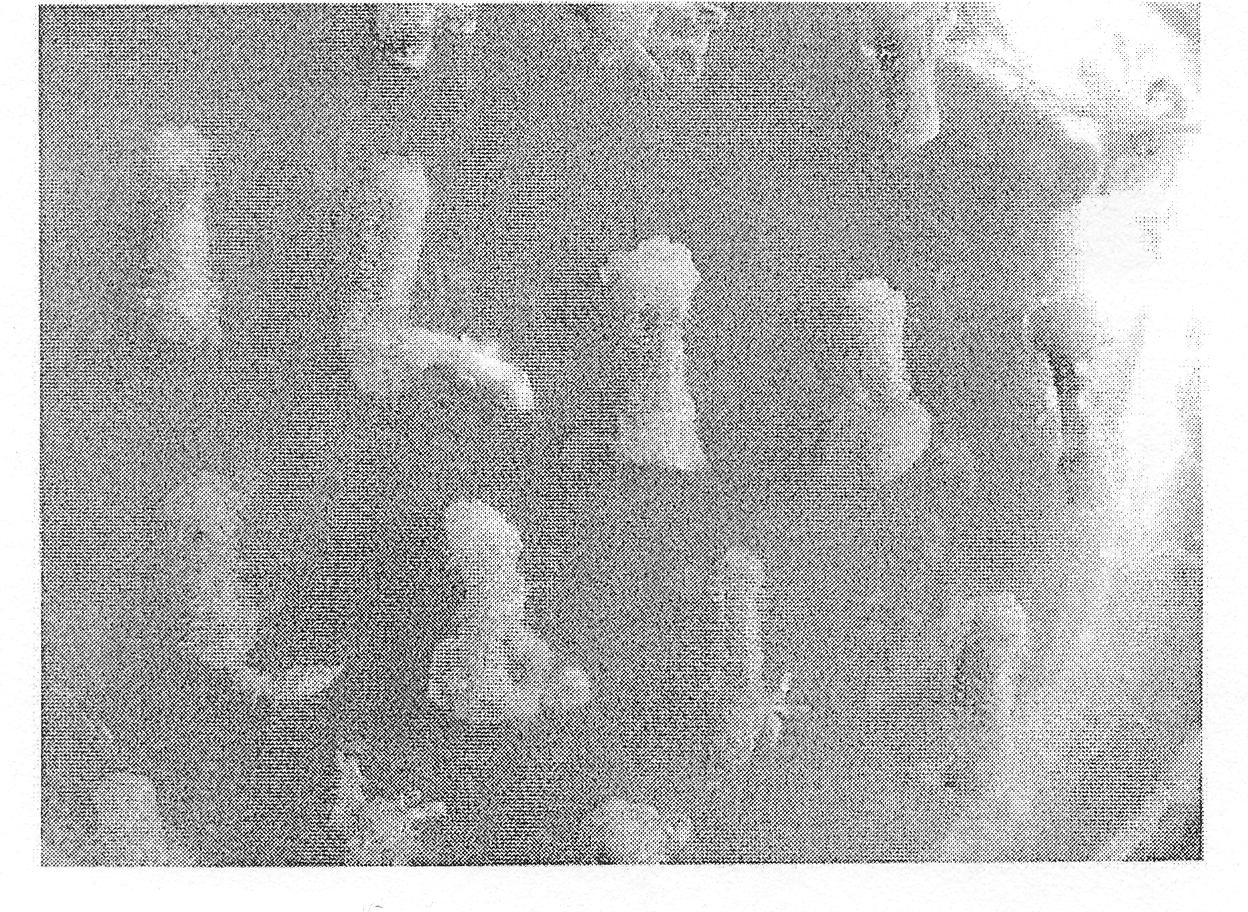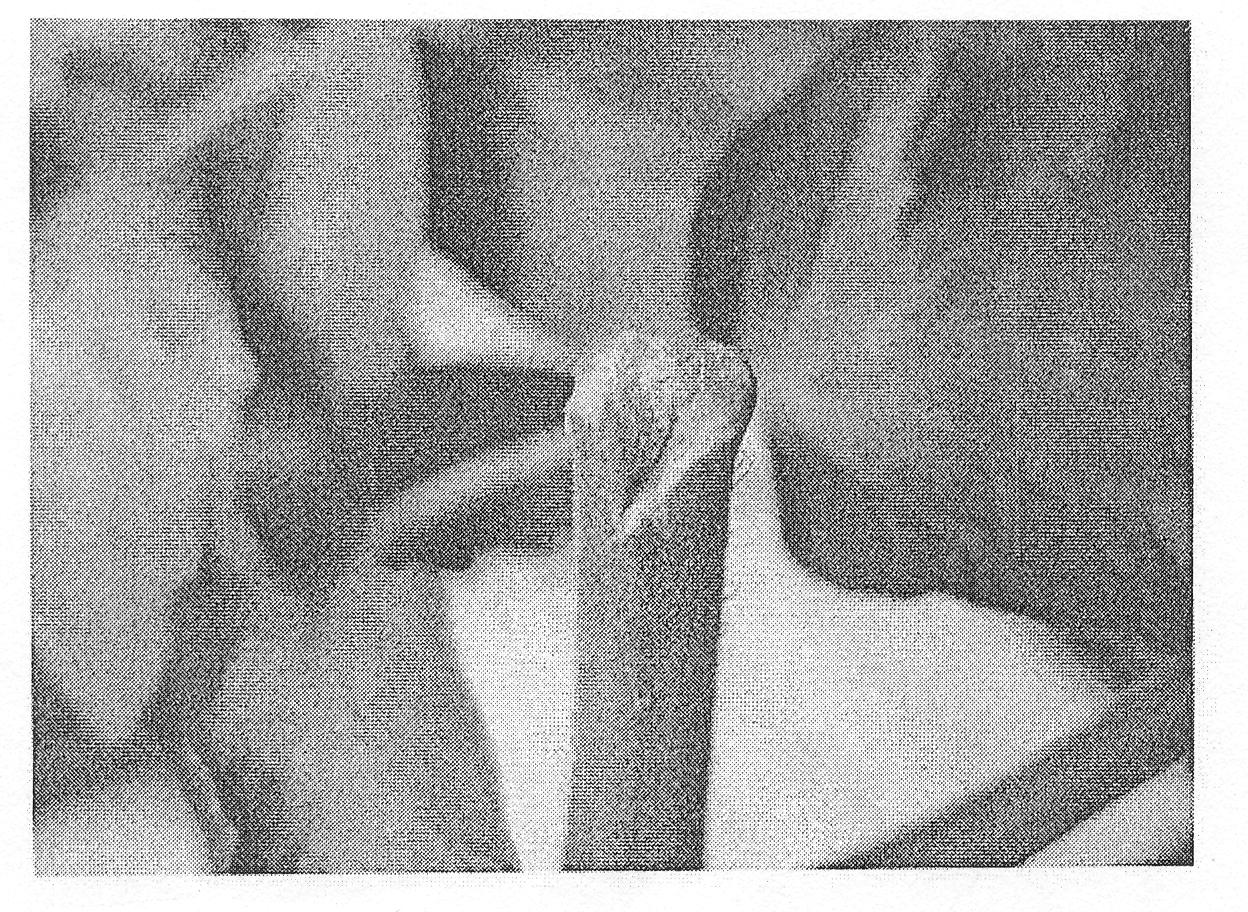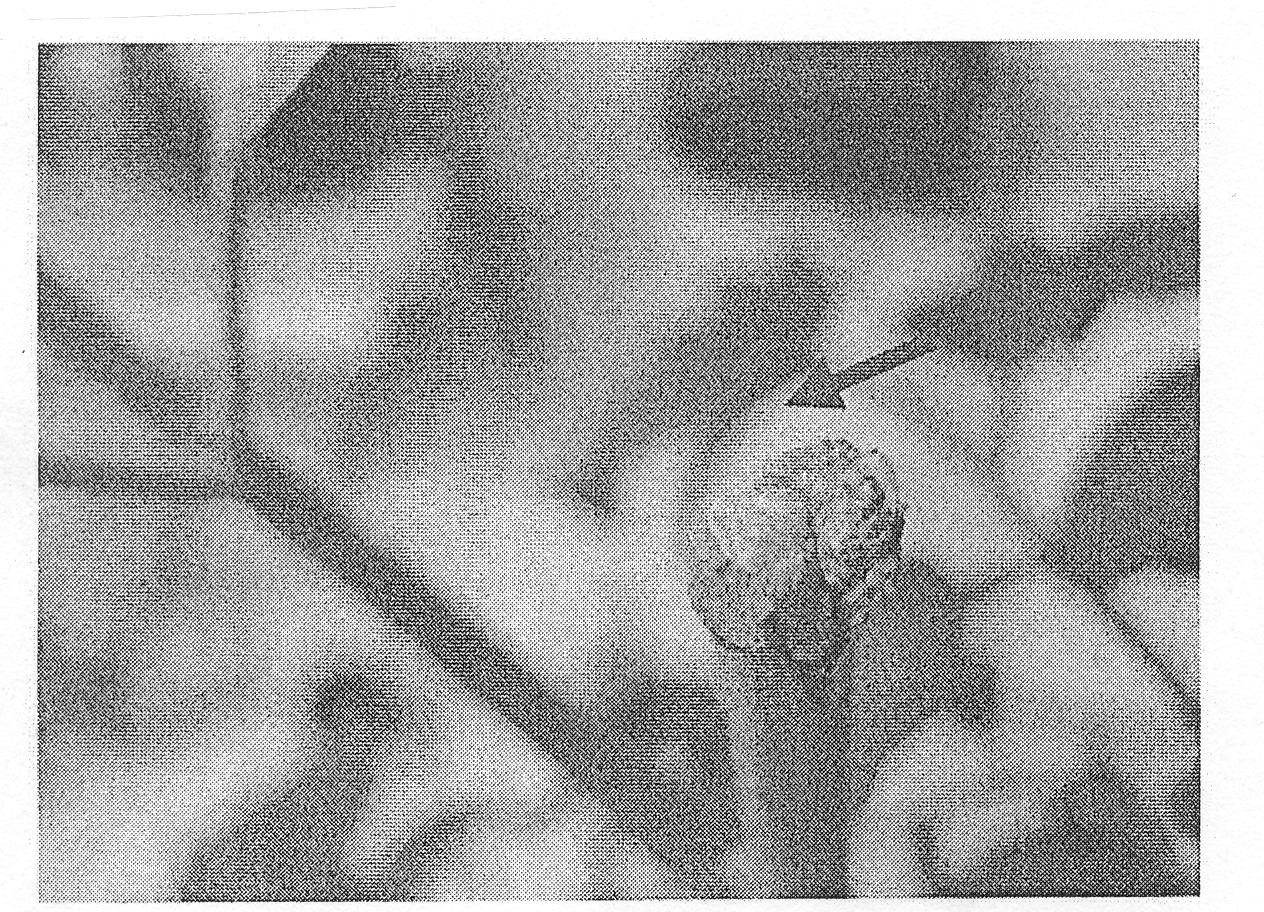Plant in-situ regeneration method and application thereof in genetic transformation
A technology of in situ regeneration and genetic transformation, applied in the field of genetic transformation of in situ organ regeneration of plant cells combined with Agrobacterium infection, can solve the problems of difficulty in making breakthroughs and difficulty in tissue culture, and achieve the solution of avoiding cumbersome tissue culture conditions. Effect
- Summary
- Abstract
- Description
- Claims
- Application Information
AI Technical Summary
Problems solved by technology
Method used
Image
Examples
Embodiment 1
[0037] Embodiment 1: the method for plant regeneration in situ
[0038] Step 1, the acquisition of scion
[0039] The tomato variety Liaoyuanduoli (Solanum lycopersicum L, purchased from Liaoning Gardening Seedling Co., Ltd.) was selected as the experimental material. Take the well-developed and disease-free Liaoyuan Dolly tomato seeds, soak them in washing powder water for 1 hour, and rinse them; soak them in 75% alcohol for 30 seconds on an ultra-clean workbench; disinfect them with 10% NaClO solution for 20 minutes, and then wash them with sterile water. Rinse with water for 5 times; inoculate in MS medium, the formula of MS medium is the general formula (see Table 1), incubate at 25°C for 16 hours under sunlight, and cultivate for 7 days to obtain sterile seedlings.
[0040] Step 2. Grafting
[0041] Take a robust Liaoyuan Dolly tomato or a potted tomato with 6-10 leaves as a rootstock, cut off the head below the top bud of the rootstock, and cut vertically downwards. T...
Embodiment 2
[0042] Embodiment 2: Application example 1 of the method for in situ regeneration of plants in genetic transformation
[0043] Step 1, the acquisition of scion
[0044] The tomato variety Liaoyuanduoli (Solanum lycopersicum L, purchased from Liaoning Gardening Seedling Co., Ltd.) was selected as the experimental material. Take the well-developed and disease-free Liaoyuan Dolly tomato seeds, soak them in washing powder water for 1 hour, and rinse them; soak them in 75% alcohol for 30 seconds on an ultra-clean workbench; disinfect them with 10% NaClO solution for 20 minutes, and then wash them with sterile water. Rinse with water for 5 times; inoculate in MS medium, the formula of MS medium is the general formula (see Table 1), incubate at 25°C for 16 hours under sunlight, and cultivate for 7 days to obtain sterile seedlings.
[0045] Take the aseptic seedlings whose cotyledons are fully unfolded but the true leaves have not yet germinated, cut the cotyledons and hypocotyls int...
Embodiment 3
[0063] Embodiment 3: Application example 2 of the method for in situ regeneration of plants in genetic transformation
[0064] The acquisition of the scion of step 1 and the preparation of the agrobacterium of step 2 are all the same as embodiment 2.
[0065] Step 3: Agrobacterium infection
[0066] Use robust potted tomatoes with 5-6 leaves as rootstocks. Cut off the head below the top bud of the rootstock, and then cut vertically downward. Apply the Agrobacterium solution prepared in step 2 on the wound with a sterile cotton swab to infect the plant.
[0067] Step 4: Grafting
[0068] The Liaoyuan Duoli fresh callus obtained on the induction medium was cut into wedges as scions under aseptic conditions, and inserted into the infected potted tomato rootstock for grafting ( figure 2 ), so that the two fit closely, cover the grafting site with plastic film and wrap it tightly. Remove all axillary buds, and the axillary buds that germinate in the future should also be remo...
PUM
 Login to View More
Login to View More Abstract
Description
Claims
Application Information
 Login to View More
Login to View More - R&D
- Intellectual Property
- Life Sciences
- Materials
- Tech Scout
- Unparalleled Data Quality
- Higher Quality Content
- 60% Fewer Hallucinations
Browse by: Latest US Patents, China's latest patents, Technical Efficacy Thesaurus, Application Domain, Technology Topic, Popular Technical Reports.
© 2025 PatSnap. All rights reserved.Legal|Privacy policy|Modern Slavery Act Transparency Statement|Sitemap|About US| Contact US: help@patsnap.com



